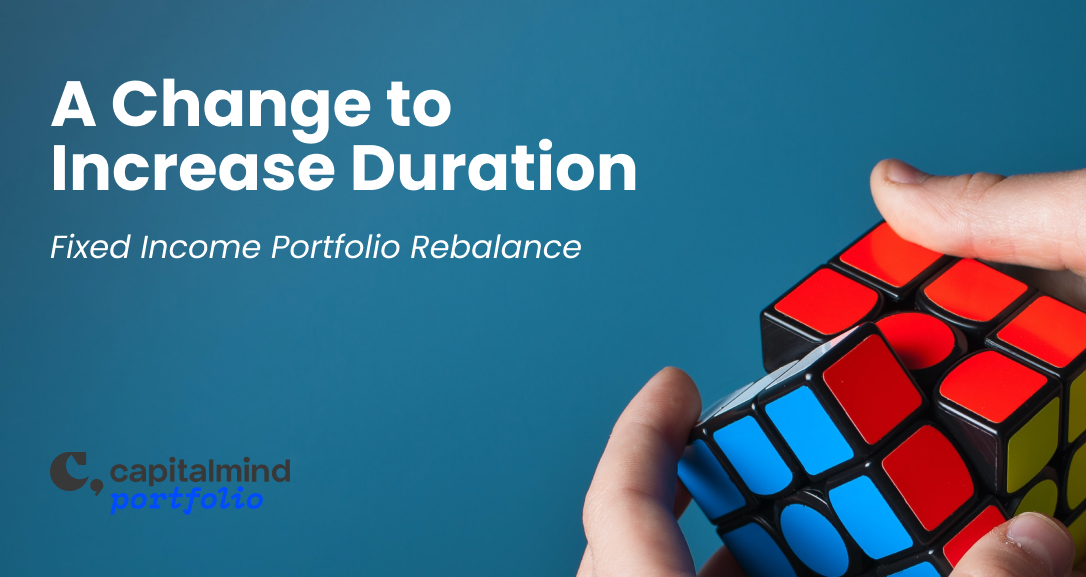Last Friday’s bond auction results (one, two) are:
- New 10 year bond (6.9%) for 6,000 cr. : fully subscribed
- 6 year 2015 at 6.55% yield, 5000 cr.: fully subscribed
- 15 year 2024 bond, 7.45% yield, 2000 cr. : fully subscribed
- 25 year 2034 bond, 7.98% yield, 2000 cr. : Undersubcribed – primary dealers had to fork up 312 cr.
Here’s where it gets murky. The auction result says “Competitive bids received: 3946 cr.” but they only accepted 1674 cr. Why? If the bid was less than the cut off price why is it “Competitive”? If there’s another reason why RBI would reject applications, I would love to know. (If there is, my post on the earlier auction devolvement will need rethinking) Anyone know?
This would mean, there are bond takers in the short term, and enough of them to handle the 15K cr. auctions every week. The long end is not getting too much bhaav. Or ijjat. Or “importance”.
So then there must be people willing to sell, one might think? Let’s look at the Open Market Purchase – again by a reverse auction – by the RBI on Thursday for a total of 7500 cr. Results:
- 2019 Feb 10 year bond, cut off yield 6.91%: 926 cr. below cut-off yield.
- 2032, 23 year bond, cut-off 7.7967%: 735 cr. below.
That’s a total of 1662 cr. where the RBI wanted to buy 7500 cr.
One could argue that the long bond cut-off yield was too low. Still, there is no desire to dump longer term bonds either – otherwise this repurchase would have been flooded.
Next week’s auction is 12,000 cr. – are we going to see a falling trend here?
But let’s look at where the money is: Reverse repo. the latest reverse repo situation shows 1.47 lakh cr. parked in there, at 3.25%. There is ZERO demand for repo, meaning there is enough liquidity in the banking system. Repo is what RBI lends out at 4.75% – so no demand for repo means banks have enough funds. Reverse repo is what RBI takes in at 3.25%.
Looking at banking credit totals over the last month: Total bank credit has gone up by 31K cr. in a month; deposits are up 11k cr. Then how come reverse repo is up? (They should be using up money, 20K cr worth, to fuel the 20k cr. gap, one thinks)
Banks will soon have to make a decision – continue to keep huge amounts in reverse repo or start lending; if they lend aggressively, we will have to see if they lower lending standards. And it will fuel inflation and growth in the short term, with a likelihood of a blowup in the longer term. Why do I say that? Simply because in my opinion we haven’t had the worst of the slump – there is still a huge build up in premium real estate waiting to blow up, and any aggressive lending will move money only there. Exports have collapsed all over the world, and the shipping index shows signs of weakness – exports is another big sector for aggro-lending. There has been overleveraging in retail, which has seen some destruction (Subhiksha, smaller players) but not anywhere near enough to say it’s over.
What if lending growth does not happen? The 3.25% isn’t likely to satisfy the banks – they can’t be getting their money at less than that rate, and the current situation is not scalable.
It’s a fork in the road for banks, and equity markets are dipping again. Will this lead to a reversal of fortunes and the “green shoots” theories, which to banks mean the dreaded words: “Restructuring” and “Defaults”? Will they go aggressive on lending or will they go frigid and jump into safety – government bonds? The next course of action will determine where bonds go. Oh, it will be visible the other way around.



